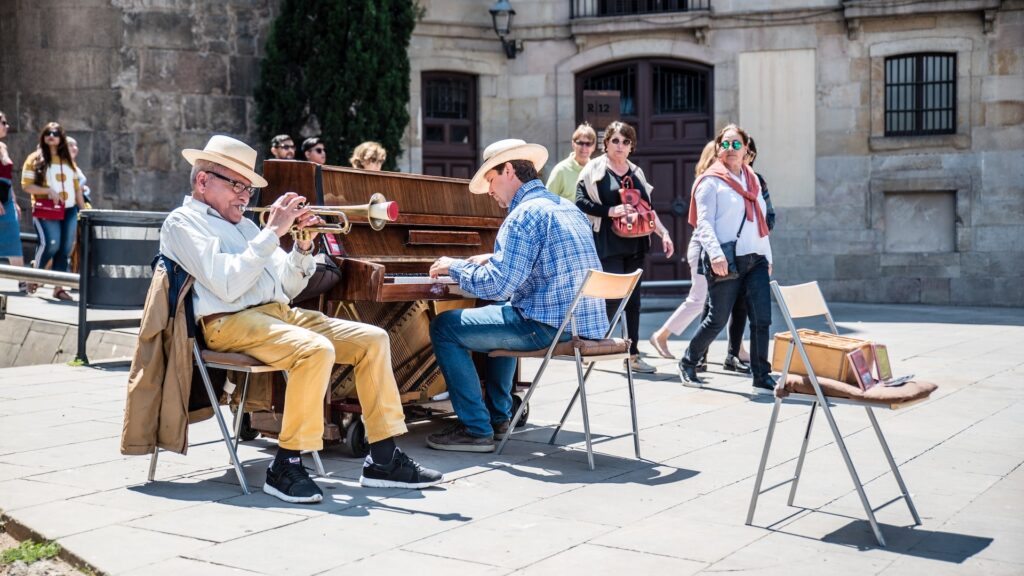Having talked in my last post about the Iberian Spanish culture, let that be our doorway to the Hispanic American culture: Hispanic America is a mixture of three cultural groups: European (primarily Spanish and to a lesser extent —Italian, German, etc.), indigenous, and African. Other cultural groups have also made contributions (e.g., Arabs, Jews, Chinese), but to a lesser degree. In each country, and even in each region, the contribution of each group has been different.
- There are countries composed almost exclusively of descendants of Europeans (e.g., Argentina), imposing their language, religion, value system, and their interpretation of the world, thus representing the basic culture in Hispano America
- There are other countries composed mostly of indigenous populations (e.g., Bolivia); and there are also countries with a clear predominance of mestizo groups (e.g., Mexico)
- From the cultures brought by Africans to the Americas, we can see signs of their music, religion, and some patterns of behavior and values. African influence is particularly noticeable in the Caribbean, but minimal in Mexico
- The mixture of Europeans with Native American groups, on the other hand, has been complex, and there is a continuum that goes from the complete Europeanization of the indigenous to the native groups with minimal influence of European cultures
A diverse influence for the hispanic community, nonetheless Spanish
Because of where the initial Spaniards in the American continent were formed, the Hispano American language and culture tend to be more similar to the dialectal varieties and subcultures of southern and central Spain, i.e. Andalusians, Estremadurians and Castilians. Therefore, culturally and linguistically, Latin America is more like Andalusia than any other Spanish region. But at the same time, influenced by both the indigenous, African, and another minor groups such as Italian, Arab, etc., with a different participation according to each country.

For example, Italian influence in Argentina, immigration from the former Yugoslavia to Chile and Japanese immigration was mainly directed to Peru. But of course all Spanish American countries have something in common, the basic culture, which includes not only language and religion, but also a whole system of values and behavior styles.
Hispanic America – Top distinctive cultural dimensions
Given the similarities of all Hispanic cultures, both Iberian and Hispanic American have similarities in the following Cultural Dimensions of Value of Time, Family work balance, Emotional Expressiveness, and Confrontation Avoidance. And because of the heavy European influence, both Iberian and Hispanic America also conserve resemblances in the Formality and Hierarchical Power Structure.
How can I help?
Self-awareness is key, to know where one stands in these Cultural Dimensions: understanding, respecting, and negotiating other people’s ways of managing time, learning to read emotional expressions, and overall be sensitive to others.



